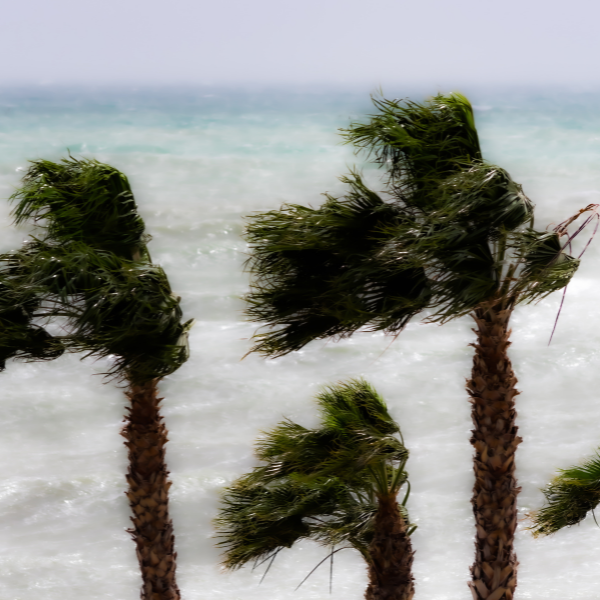WHAT IS A MARINE WIND WARNING?
As you probably know, Deckee sends you a notification when a local maritime authority issues a Marine Wind Warning. But what is it and what does it mean for boaters?
Marine Wind Warnings are messages broadcast on the marine radio (VHF and HF) and published across the local weather bureau’s online platforms. The authorities issue these warnings to help keep boaters and mariners safe on the water.
TYPES OF MARINE WIND WARNINGS
There are four kinds of Wind Warnings:
Strong wind warning: winds averaging from 26 knots up to 33 knots
Gale warning: winds averaging from 34 knots up to 47 knots
Storm force wind warning: winds averaging from 48 knots up to 63 knots
Hurricane force wind warning: winds averaging 64 knots or more.
This terminology is recognised worldwide.
WHAT INFORMATION IS INCLUDED IN A MARINE WIND WARNING?
The warning will state which period of time it covers, as well as the expected wind direction and strength range. Bear in mind that the warnings give an average speed, so gusts are not accounted for. These can be up to 40% higher than the average speed, depending on weather conditions.
Marine Wind Warnings are typically released 42 hours in advance and updated every 6 hours. If there are significant changes to the forecast, however, they can be updated at any time. So after hearing the first warning, keep your radio on and stand by.
HOW TO ACT IF A WIND WARNING IS ISSUED
It’s very important that you know what conditions your vessel can handle in order to make a risk management plan.
When hearing a warning, make sure to check the full forecast on multiple sources, including the Deckee app. There may be more bad weather associated with the strong wind coming your way. Consider how the conditions may be affected by local phenomena - for example, will the hills nearby increase the wind speed exponentially near the land?
At this point, you’ll need to decide whether you have enough time to get back to your home port before the wind picks up. If you don’t, you should seek shelter. But bear in mind that the wind direction can change suddenly, which means that you may need to move again, once the wind is much stronger.
In most situations, you’re better off heading home, if you have enough time to do so. Don’t set off at the last minute - the forecast isn’t always accurate to the hour. Have a contingency plan.
If you’re still on land, stay put. Chances are that the wind will be stronger than forecast. Why put yourself and your boat at risk?
Marine Wind Warnings are crucial - don’t underestimate them.


